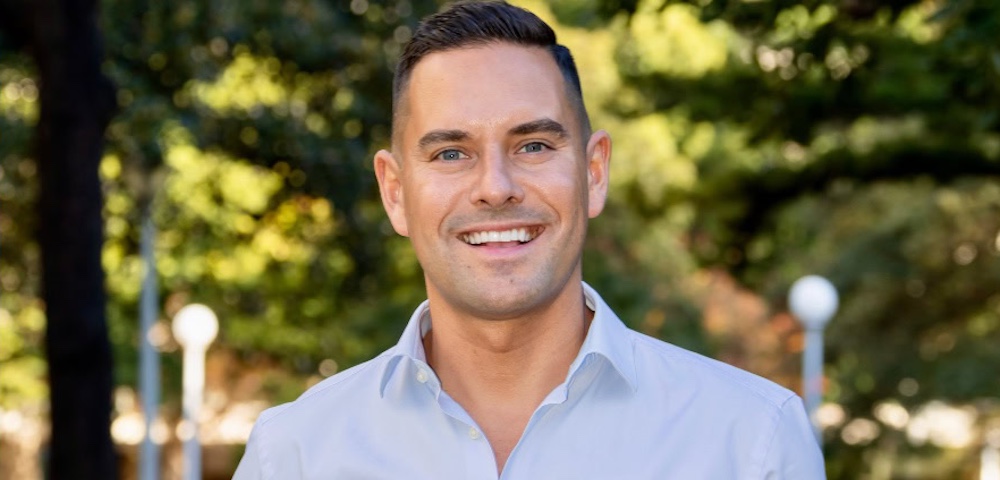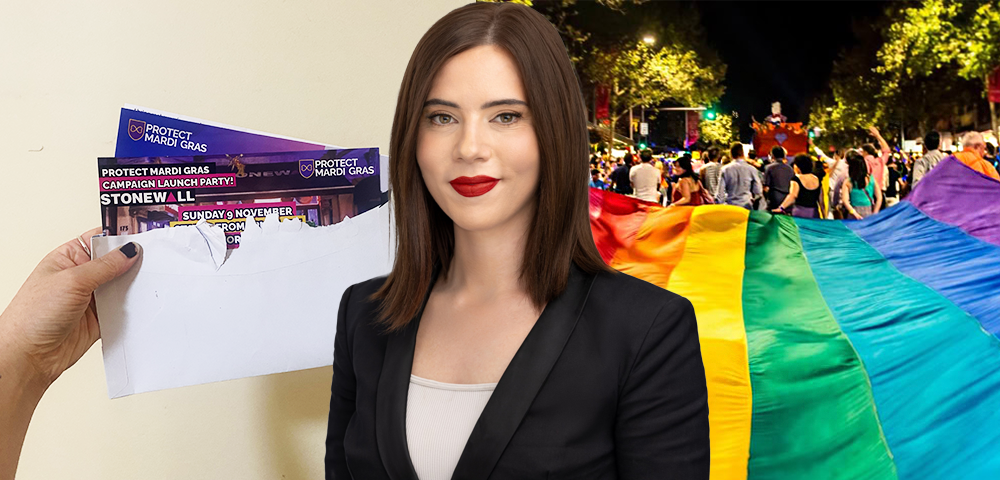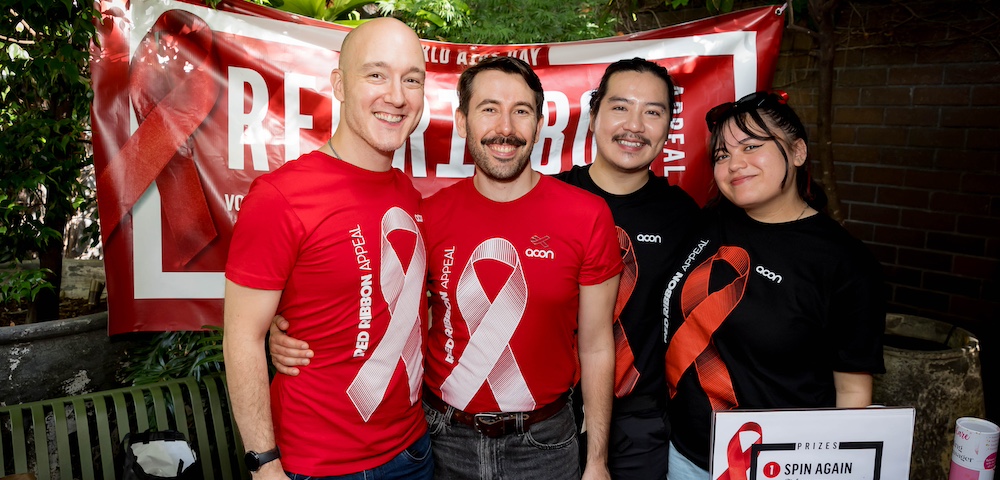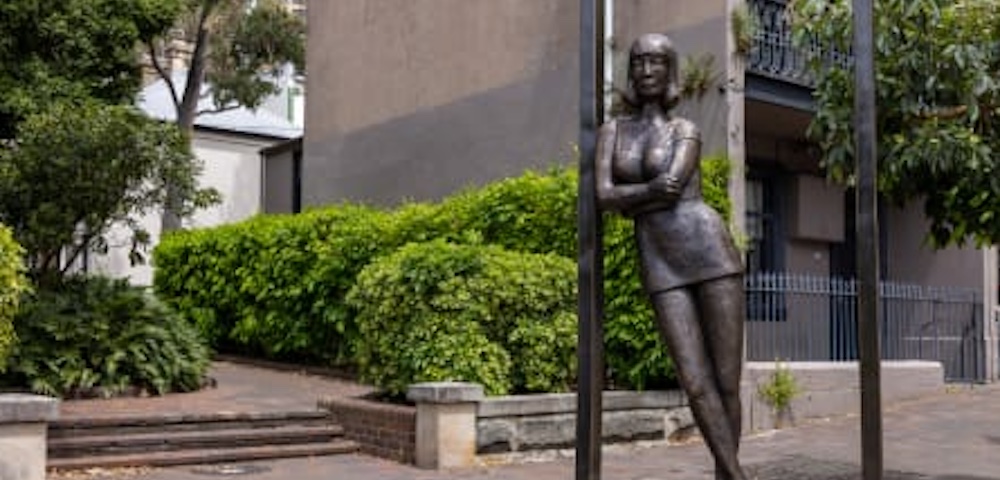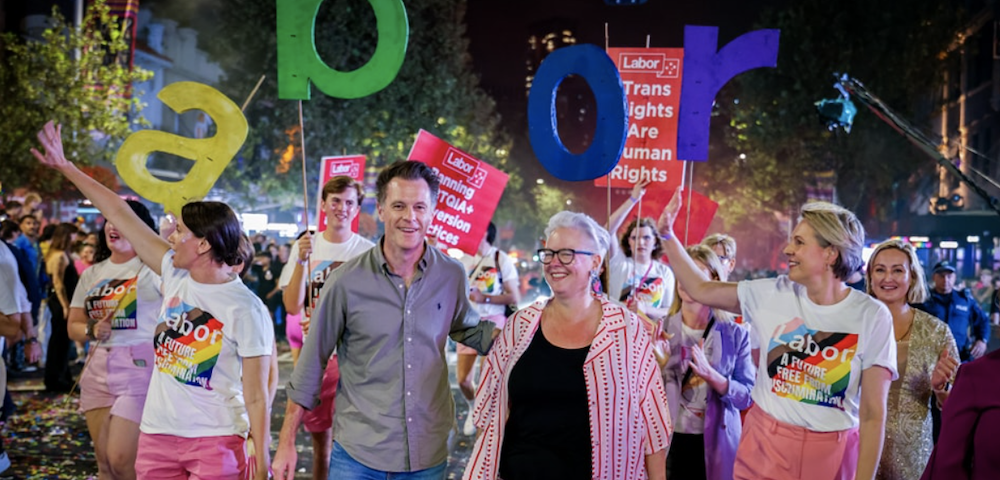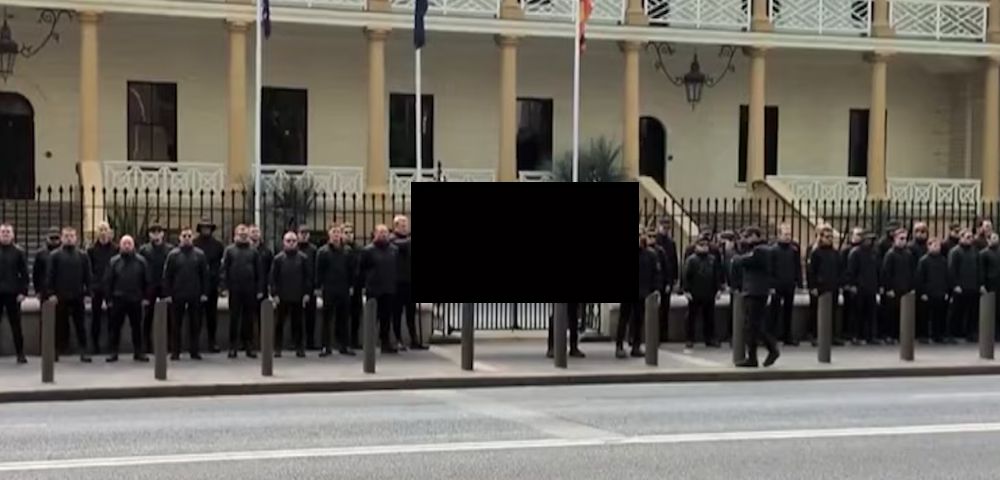
A gay tale of three cities
Gay history is not something that is an essential part of Coming Out. It is not some Gay 101 course you can do by correspondence to qualify as a fully qualified, out and proud homosexual.
But the promotion of the gay history of our cities is becoming an increasingly popular exercise as historians dig deep to find the stories of gay expression and gay culture from long before there was a Stonewall, or closer to home, a Mardi Gras revolution.
Gay people have never been taught their history, says historian Trevor Hailey from Cruisin’ The Castro, a gay history walking tour in San Francisco. It is something we only know about through old stories. To be proud of who we are, I think it is important to know what happened to the gay people who came before us and what they went through to establish the lifestyle we enjoy today.
Certainly in Sydney, the Sisters of Perpetual Indulgence gay history tours during Mardi Gras are now among the red letter days on many a festival calendar as the Sisters lead walking tours around Sydney.
The walks invite people to learn their history in a personal and anecdotal way, says Sister Salome of the Ninth Mystic Rhine-stone. As we tell the stories of various places, people in the crowd also share their own stories or friends’ stories. It is learning another aspect of what life in Sydney has been like.
The Sisters’ walks are always crowded, Cruisin’ The Castro is a daily tour through the world’s most famous gay neighbourhood, and in Los Angeles, the city of the car, a special gay and lesbian history street map has just been published. We took a tour through the archives and chose the historic sites in each city which highlight their rich tapestry of gay culture.
Says Trevor Hailey: Whether you are from San Francisco, or Sydney, or anywhere, you can relate to the stories of a gay community’s struggle to find a home, an identity and to be proud of what it is. I think that has a universal appeal.
SYDNEY
Taylor Square
The Taylor Square precinct is affectionately referred to as the heart of Gay Sydney, but the precinct was the setting of events which changed life in Sydney forever.
The old Darlinghurst Police Station was where many of the marchers who were arrested during the first Mardi Gras were detained and bashed mercilessly on the night of 15 June 1978. The protests outside made headlines around the country.
Further along Oxford Street on the present site of the Berkelouw Bookshop a sex club operated known as Club 80, which was raided by police in 1983. Despite earlier raids, this raid was such a mismanaged debacle that it caused further embarrassment to the Wran Labor government and the NSW police force. While the push for gay law reform was already at full steam, the scandal surrounding the raid was one of the acts which led to premier Neville Wran announcing a private member’s bill in state parliament for the decriminalisation of homosexuality, successfully passed in June 1984.
Wynyard Square
In 1916, residents of Carrington Street in Wynyard Square were concerned about the number of men coming and going from one particular house, so Sergeant Joe Chuck was sent to investigate and was greeted at the door by what he assumed was a woman, but later turned out to be a man in drag. Everything seemed in order, but the police surveillance continued until a group of heavily rouged and nattily dressed men were followed leaving the house and later seen embracing. The men were taken into custody, but were charged only with the misdemeanour of offensive behaviour. Their house was one of Sydney’s first known queer houses. The stretch of George Street from Town Hall to Circular Quay was also known as Salt Meat Alley for the many maritime workers from the docks and visiting sailors who drank in the pubs, which had reputations for easy pick-ups of rough trade. The site of the present Darrell Lea store on the corner of King and George Street was a pub that was infamous for its gay trade and the occasional sexual activity that took place below bar level.
Â
SAN FRANCISCO
Harvey Milk’s Photo Shop
Harvey Milk changed American politics when on 7 November 1977 he became the country’s first openly gay politician when he was elected to the San Francisco Board of Supervisors. He moved into Castro Street in late 1972 and opened his photo store on 3 March 1973. The shop became his campaign headquarters and was more famous for helping to change history by getting Milk elected to public office than it was for any cameras it sold. Milk was assassinated a year later on 27 November 1978 by a fellow supervisor, but his one year in office marked an enormous turning point in the city and the politics of the country. Today, Milk’s old shop is a health food store, but a plaque honouring the man stands in front of the shop on the sidewalk and contains some of his ashes. The entire building is now a city historic landmark, with a mural on the second floor depicting Harvey looking out of the window.
City Hall
San Francisco City Hall became a centrepiece of gay history when Harvey Milk took office in 1977. A grand domed structure, there is a sweeping vista of City Hall from Castro Street along Market Street. This is the only gay community I know of that has a direct parade route to City Hall, says Trevor Hailey. This link proved to be a powerful connection for the emerging strength of the gay community in the 1970s. On the night of Milk’s assassination, thousands marched from Castro Street to a candlelight rally on the steps of the City Hall. When his assailant, City supervisor Dan White, was given a lenient sentence on 21 May 1979, a ferocious riot broke out at City Hall as protestors attacked the building to vent their rage at the injustice before turning their anger on police. The White Night Riots, as they became known, set the city ablaze as protestors and police fought a fierce battle, with 21 people arrested. Once the crowd retreated to Castro Street, the police descended and a new street battle erupted, with police finally smashing their way into the Elephant Walk bar. The property damage and the lawsuits cost the city millions.
Â
LOS ANGELES
The Black Cat Protest
While the 1969 New York Stonewall riots are universally heralded as the first major protests against the police harassment, Los Angeles proudly boasts its own, less famous gay protest against police harassment, which happened 18 months prior to Stonewall. The Black Cat on Sunset Boulevard had been periodically a gay bar since the 1940s and was raided by police on New Year’s Eve 1967. In response to this particularly brutal raid, in which several people were injured, a protest march was organised for 11 February to coincide with a number of other protests around the city by such regularly harassed minorities as African-Americans, Latinos and hippies. The Black Cat protest proved to be the most successful of all, with over 200 people marching in picket lines, but none of the placards carried the words gay or homosexual in an effort to avert police anger. The ploy worked and the heavily armed police watched silently on from the sidelines.
MacArthur Park
Maybe Richard Harris and Donna Summer knew something we didn’t when they sang about this great green piece of Los Angeles. The Park, situated on the corner of Wilshire and Alvarado Boulevards in the Downtown area, has an important place in the gay history of LA as a famous cruising area for gay men for decades from the 1940s. The area surrounding the Park also became an enclave for gay residents, artists and bohemians, and housed such popular bars as Geri’s, or 666 as it was also known, the subject of a well-publicised police raid in 1962. The incident was said to embitter the local residents and it was another five years until the powerful impact of the Black Cat protest marked a progress. In the wake of Stonewall, the 1970s gay residents went in search of new neighbourhoods and settled in the West Hollywood area.
Â
John Burfitt wishes to thank the Ramada West Hollywood Hotel, Los Angeles (www.ramadawest hollywood.com); Trevor Hailey of Cruisin’ The Castro Gay History Tour, San Francisco; and Sister Salome of the Ninth Mystic Rhinestone and Robert French, Sydney.




